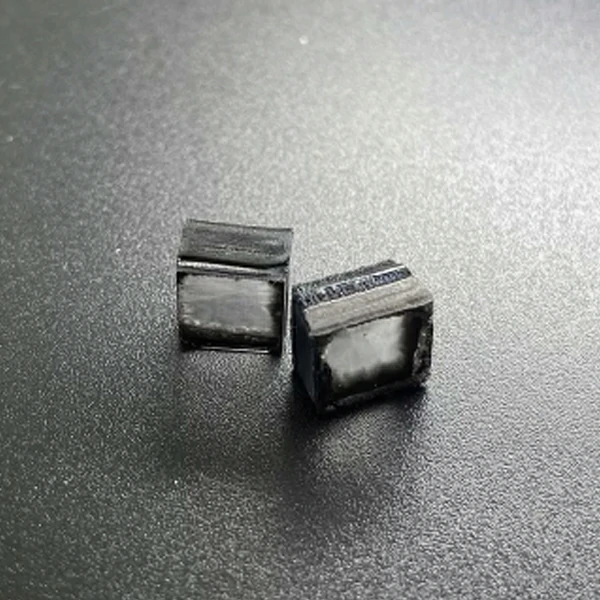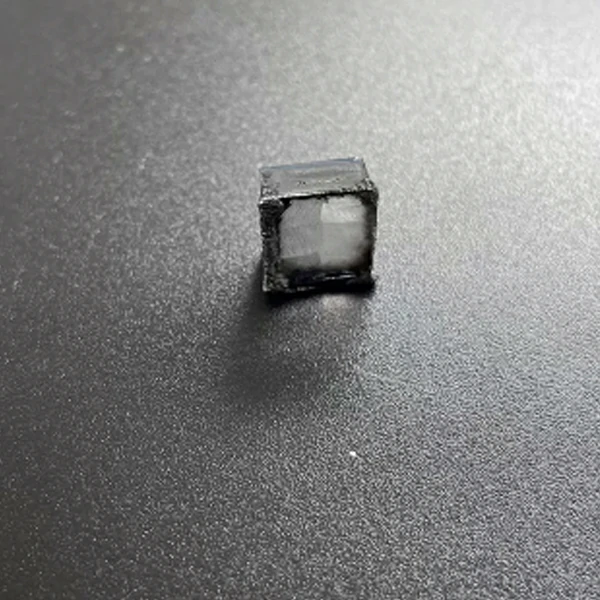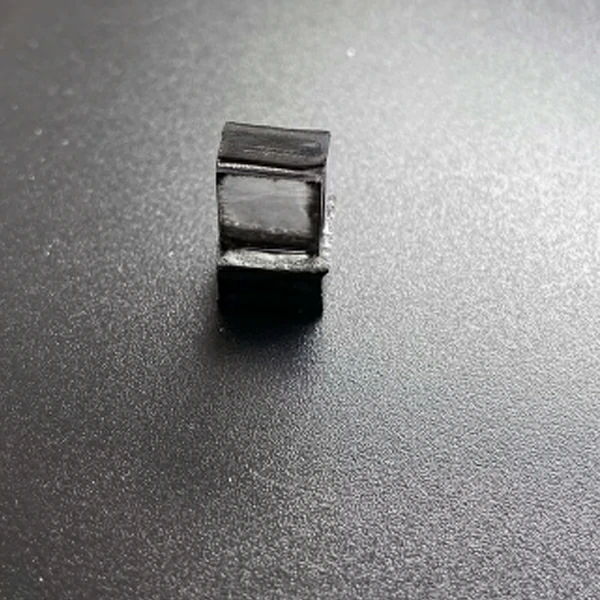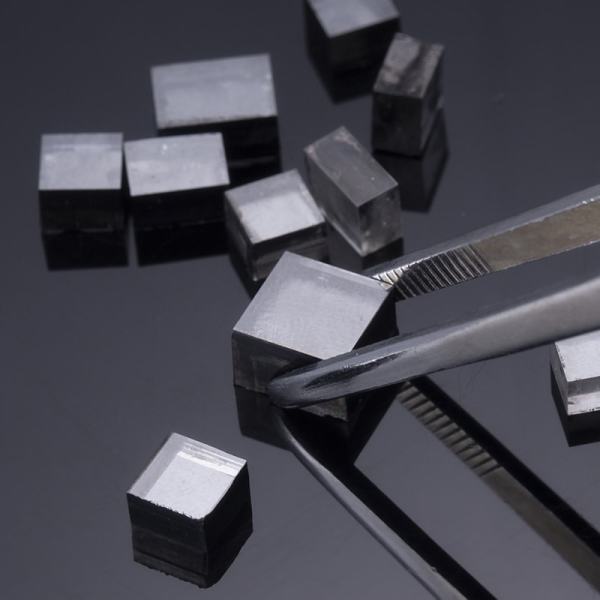100% Clean And Pure CVD Man Made Lab Created Uncut Rough Diamonds For Making Cvd Diamond Jewelry
CVD Lab Grown Diamonds Description
Lab-grown diamonds are real diamonds.
There are two ways to create rough lab-grown diamonds. They are HPHT and CVD methods.
The HPHT diamond cultivation process takes place in a small capsule in a device with ultra-high pressure. In this capsule, the diamond powder is dissolved in the molten metal solvent and then begins to crystallize to form diamond crystals. The entire crystallization process will take weeks or even months. At a time, one or more crystals are produced.
In order to cultivate colorless HPHT diamonds, apart from the need to isolate nitrogen during the cultivation process, the cultivation of high-purity colorless diamonds (type IIa or weak type IIb) often requires a longer cultivation period and stricter temperature and pressure conditions. As a result, the cultivation cycle is longer than that of type Ib synthetic diamonds, so how to use HPHT synthesis to grow large-grain crystals has always been a problem. However, with the development of technology, it is now possible to use HPHT synthesis to grow more than 10 carats of Diamond crystals too.
Chemical Vapor Deposition (CVD) is a method of decomposing raw materials at high temperatures to produce active particles such as carbon atoms or methyl groups and depositing and growing a diamond film on the substrate (substrate) under certain process conditions Methods.
CVD-grown synthetic diamonds do not contain metal inclusions. But they usually contain dark graphite inclusions or other mineral inclusions, which are formed during their unique growth process. Graphite inclusions are different from metal inclusions in that they have no metallic luster.
Whether laboratory-grown diamonds or natural diamonds, loose diamonds after cutting and polishing can not be distinguished by the naked eye. It can be detected only with the help of professional equipment. With professional equipment, the comparison of the color, crystal shape and crystal surface characteristics, internal inclusion characteristics, absorption spectrum and ultraviolet fluorescence characteristics of the tested diamonds can completely distinguish the artificially cultivated diamonds from the natural diamonds
CVD Lab Grown Diamonds Introduction
Natural diamonds are created by nature and are the result of high temperature and pressure formed over billions of years. The Rough Lab Grown Diamonds are produced in the laboratory, usually in a few weeks. The chemical difference between the two is the same.
So how do you distinguish between Rough Lab Grown Diamonds and natural diamonds?
There is no obvious difference between the Rough Lab Grown Diamonds and natural diamonds. Even professional gemologists need special equipment to identify them. By zooming in, professionals will be able to discern subtle contrasts in diamond inclusions grown and mined in the laboratory.
| The Difference Between Lab Diamond And Natural Diamond | ||
| Properties | Earth Mined | Lab Created |
| Guaranteed Conflict-Free | No | Yes |
| Hardness (MOHS) | 10 | 10 |
| SP3 Carbon Diamond Bonds (%) | 100% | 100% |
| Internal Crystal Structure | Face-Centered Cubic | Face-Centered Cubic |
| Hardness Comparable | 2.42 | 2.42 |
| Relative Diversity | 3.52 | 3.52 |
| Color Diffusion | 0.044 | 0.044 |
| Color | Various Grades | K to D grades |
| Price | $$$$$ | $$$ |
About Payment & Shipment







